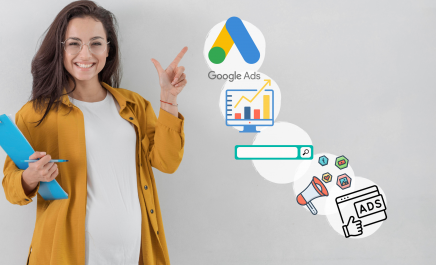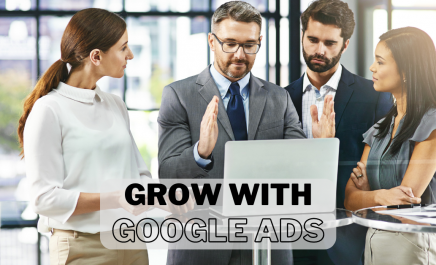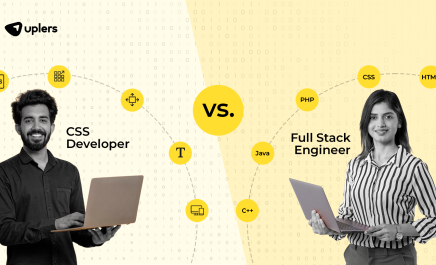How to Make An Ideal Landing Page For Your SEM Campaign
- Visruth Devadas
- July 30, 2018
- 5 Minute Read

It is hard to draw traffic to your page, and it’s even harder to convert this traffic to leads. Optimizing your SEM campaign may allow you to gain more genuine clicks and, with that, more traffic, but to convert this traffic into leads you need to have an engaging landing page design. So, we have figured out how you can craft an ideal landing page design for your SEM campaign.
Here are 5 things you need to keep in mind for landing page optimization:
1. Crisp High-Conversion Contact Form
A contact form is a point where you convert a visitor into a lead, therefore it is the most important element of a landing page. Your contact form needs to be clear and precise so that your visitors can easily fill in their details.
The placement of your contact form on the landing page is of high importance as it determines the conversion rate of your form. A crisp contact form with a minimum number of fields placed in the header section can help you get great conversions. Businesses use various kinds of forms, based on their preferences. A small contact form that slides along the scroll bar can also serve as a good conversion window.
For an ideal landing page design, the contact form should be in the user’s eye line but should not be aggressive.
Some landing page best practices:
- Keep the contact form on the first fold of the page
- Use minimal fields (take just important data)
- Do not keep manually filling fields
- Dropdowns and checkboxes are always a good idea
- On form submission, a thank you message with the next action step is recommended
- In a thank you message share your Case study, Ebook, Blogs, etc., which can help further the user’s understanding of your service/product.
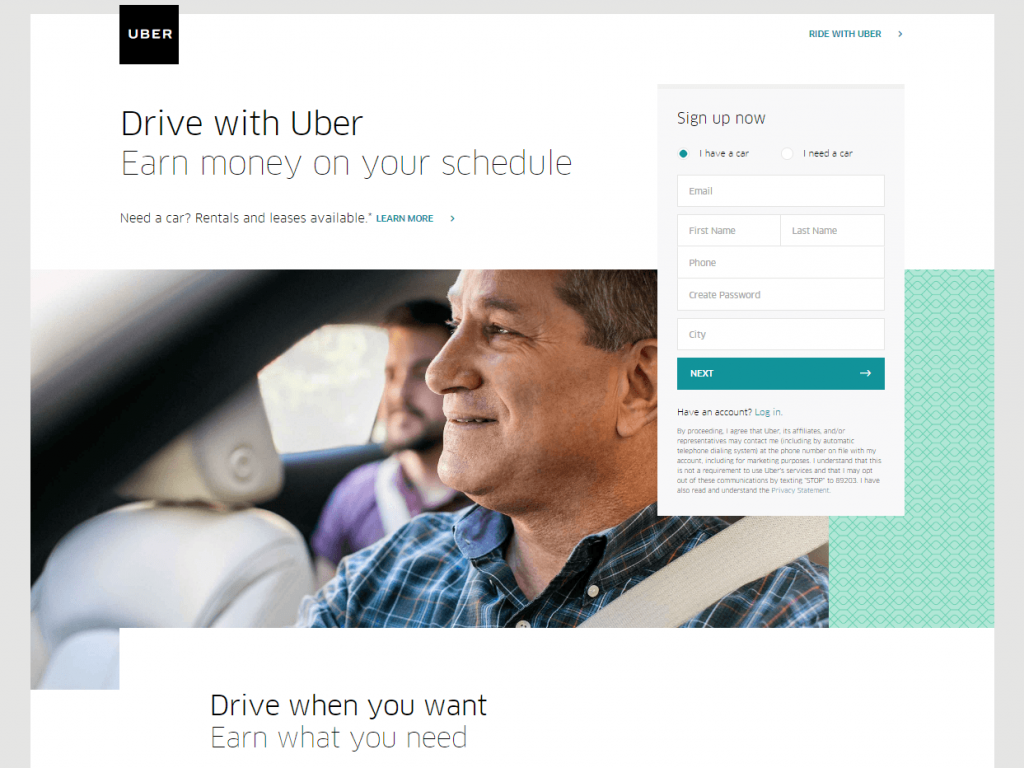
2. Highlight Your Offer Value in The Header Itself
Engage your visitors straight away with a clear offer value at the header. Your landing page should push your value proposition as the heading of your landing page and you can further explain your offer as subheadings.
For Example, Your ideal landing page starts with a headline –
- “50% Off on booking your new 4-wheeler”
This headline clearly pushes your offer and you can support your offer with a little explanation below it. A “Book Now” button can act as a perfect CTA for it.
- “50% Off on Booking your New 4-Wheeler till Today 12 PM”
This headline adds a sense of urgency to your offer and boosts the number of leads.

3. Trust Signals & Badges Go Well with Testimonials
An ideal landing page design uses a trust signal in abundance to boost the authority of the brand. One of the most common types of trust signals used by various brands is client testimonials and customer ratings. Positive reviews and ratings from previous customers tend to influence the buying decision of the users and cause them to go for the deal.
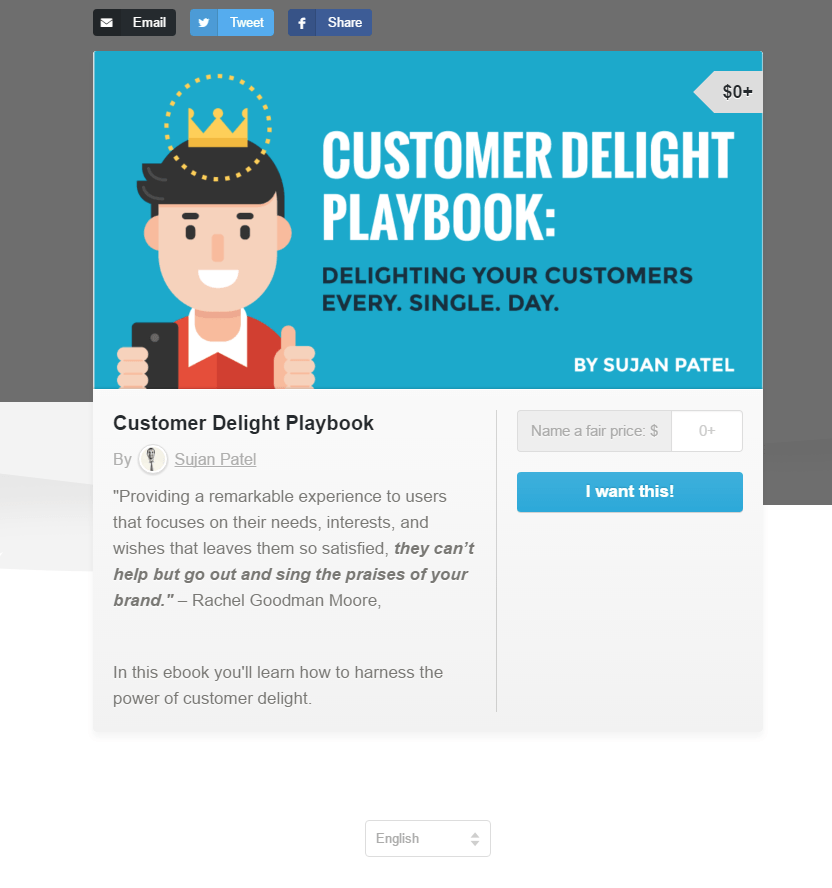
Trust Badges emphasize the authority of a brand. These badges are used by esteemed brands and business review platforms who are recognized for their services. A Trust Badge will position your business as credible and well-established, and partnership badges further highlight your trustworthiness and skills.
Some trust Signals you can use for landing page optimization are:
- Testimonials
- Clients you have worked with
- Your Google My Business ratings
- Badges you have earned (from prestigious organizations)
- Partners (if you are a partner with such organizations)
- Awards you have won
- Competitions you have won

4. A Rightly Placed and Clear Call to Action
You cannot disregard the importance of an effective Call To Action on your landing page. Your CTA needs to grab a visitor’s attention immediately and not allow them room to think twice before taking action. CTAs that have a high conversion rate are crisp and clear: Book Now, Contact Us, Call Now, Schedule A Meeting, Download the PDF, etc.
You should place your CTA alongside your offer in the header, in the middle of the page and at the footer, so that it catches the viewer’s attention straight away.

5. Tightly-themed Landing Page Design
Your landing page theme needs to be in line with your SEM campaign to draw maximum conversions. For example, a restaurant business landing page will use High-Resolution food imagery and deals to tempt its visitors.
An ideal landing page design shouldn’t have a redirection link or a navigation panel so your prospects are not inclined to escape from the page. You therefore should not include unnecessary pop-ups that give a user a reason to leave.
The use of infographics and crisp design elements will help to engage your visitors. Use bullet points to clearly state your information, and make it easier for visitors to digest your message and offerings.
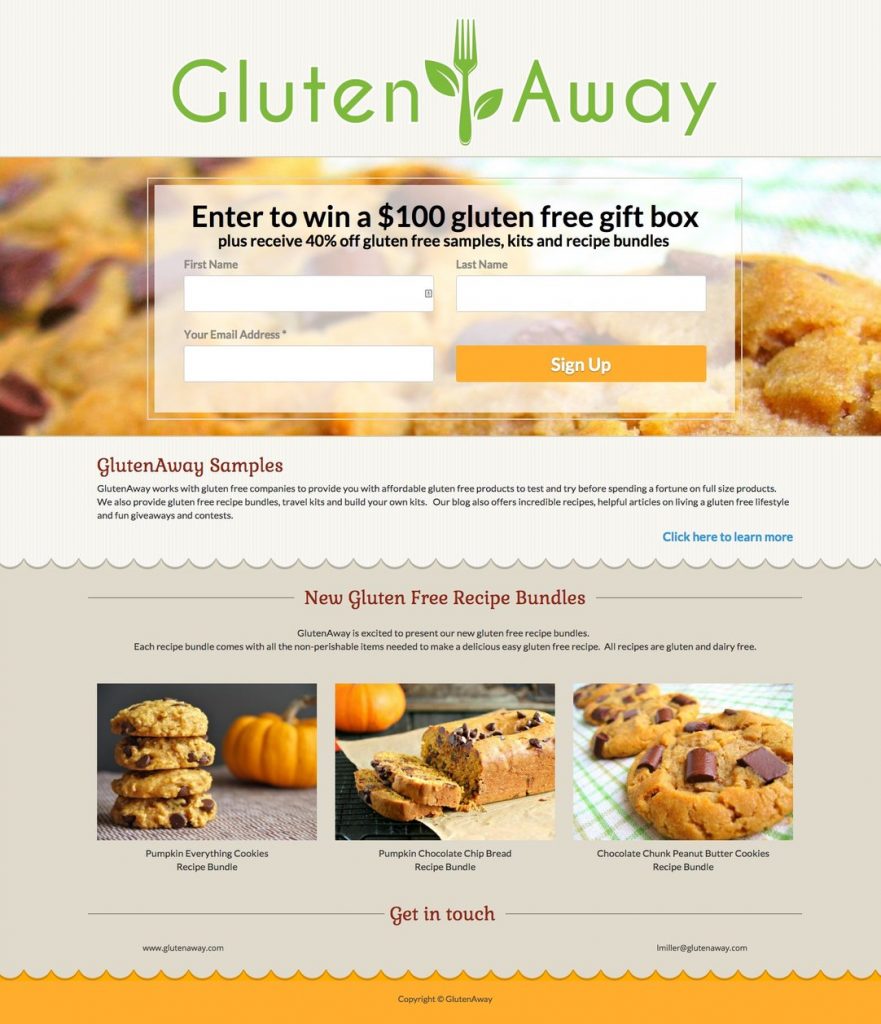
Landing page optimization may vary according to the nature of your business, your business objective, and your specific SEM campaign. However, the above factors will guide you to create a landing page design that works best for your business. For further guidance and insights, connect with us.
6. Create User-Friendly Content
User-friendliness of the web content is just as important as the optimization of the landing page. Always avoid using typical jargon or highly technical terms. Rather go with something more basic and lucid from a layman’s perspective.
The simpler your content is, the longer the visitors will stay on your page. This definitely boosts the chances of conversion. Ensure that your language, tonality, and writing style are apt for your target audience.

7. Add Detailed Tracking
A detailed tracking is necessary to assess the performance of your landing page properly. This includes tracking user activity and identifying what works and what doesn’t on your current page.
Consider using tracking software like Google Analytics or some other tools to gain insights about user interactions, bounce rates, and conversions. Having a data-driven strategy can definitely help in optimizing your landing page.
![]()
8. Make Mobile-Friendly Page
With a rapid increase in the number of mobile users, ensuring mobile-friendliness is necessary for every landing page. It allows the user to have a consistent user experience leading to lower bounce rates and better conversions.
Test your landing page for various devices and screen sizes. Make sure all the features, especially the CTAs and forms work well on mobile devices.


Thank you for submitting the details!
We will keep your information safe. Feel free to contact us with any questions at hello@uplers.com
Please check your email for next steps shared by Robert.
